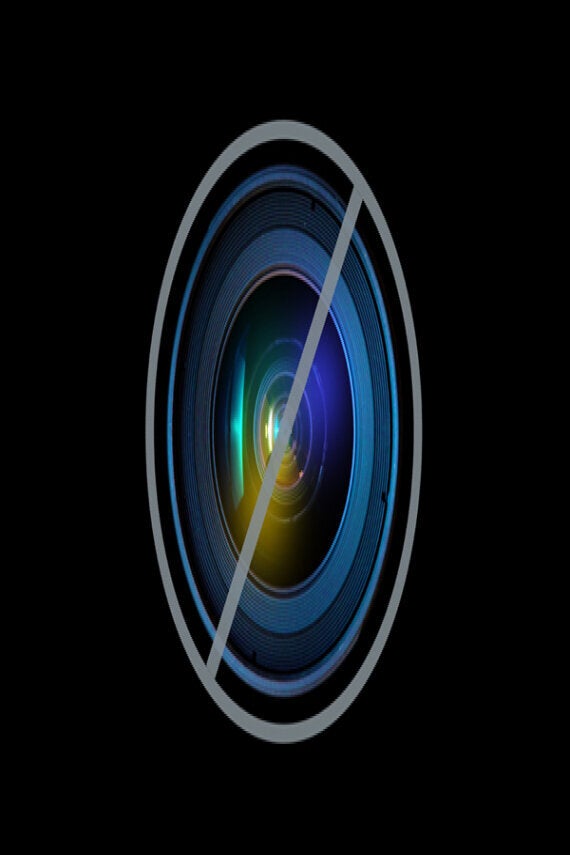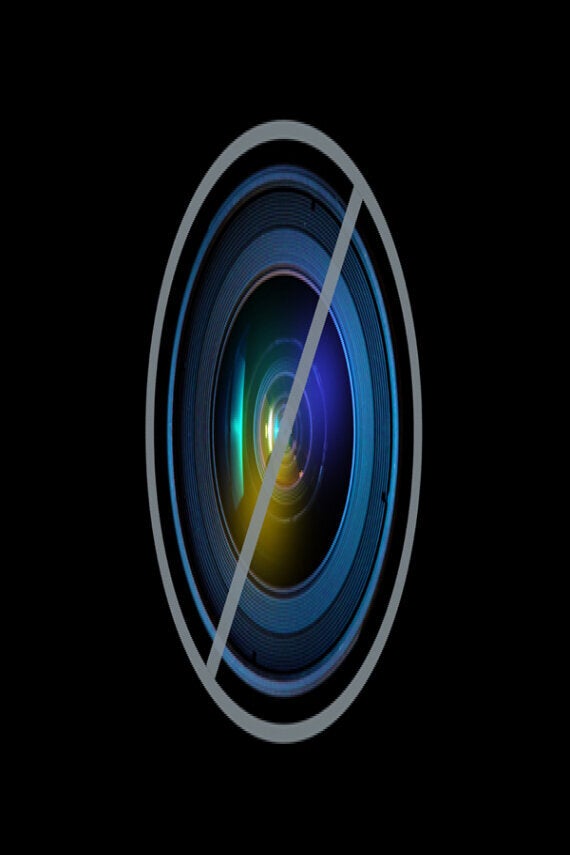Where would we be without the sat nav? One of Garmin's founders Dr Min Kao tells Huff Post UK about his humble beginnings in engineering, how he coped with the stresses of launching on the stockmarket during the Dot Com crash and why, even after 20 years, he's still exited about innovating.
What was your life was like before Garmin?
I am a native of Taiwan and I earned my bachelors degree in electrical engineering from National Taiwan University. I received my masters and Ph.D. degrees in electrical engineering at the University of Tennessee in Knoxville.
I began my career at Teledyne, where I worked on various navigation systems including Inertial, Doppler radar and other conventional radio navigation systems.
When I first learned of the global positioning system (GPS) system which was being developed by the US Department of Defense, I was immediately intrigued by its accuracy and its potential. I chose to join Magnavox to participate in a major government contracted programme.
Later on, I was recruited by King Radio, where I led a team of engineers that developed the first GPS-enabled avionics certified by the Federal Aviation Administration.
So I've always been an engineer devoted to the potential of advanced technologies. Like most engineers, I have a keen sense of curiosity and a deep desire to learn. Garmin was my first entrepreneurial endeavour, and it has been an incredible journey.
How did you fund Garmin?
The idea for Garmin was conceived during a casual dinner conversation with a fellow engineering colleague called Gary Burrell. The GPS constellation was still under construction, and it was being developed primarily for military purposes, but Gary and I began discussing its potential as the base technology for a wide array of consumer products.
Our conversation became more animated when we envisioned creating products that would help guide pilots, boaters, drivers, and hikers safely and efficiently on their journeys. I'm not sure either of us realised it at the time, but looking back, it was a life-changing event for both of us.
That's where the idea for Garmin began. In fact, the company's name is a combination of Gary and Min, so as co-founders, we were personally invested in its success or failure. We committed our personal savings to the company, and after quickly putting together a business plan; we raised about $4 million from friends and family.
Looking back, it was a real leap of faith for everyone involved. But even today, many of those original investors are still with us and account for about 50% of shareholder ownership.
That's the only round of capital we've ever had to raise. Our first product, the flagship GPS100, was an instant success that quickly became must-have equipment for pilots, boaters, and the military. Since that first product, we’ve been fortunate to reinvest and self-fund our expansions into new markets. It was definitely an exciting time, but it wasn’t without plenty of hard work and some anxiety.

The iconic satnav
What hurdles did you face along the way?
Gary and I both are fiscally conservative by nature, and we managed our company accordingly. Our early success bred more success. We reinvested in the company and established disciplines like having cash in the bank, maintaining sufficient inventory levels, and staying debt-free. Those practices helped avoid a lot of hurdles.
We pioneered new products, new markets, and systems that integrated a variety of technologies which enabled us to supply complete glass cockpits to airplanes, full lines of electronics for boats and in-dash 'infotainment' systems for cars today.
Our expansion into global markets, selling directly to consumers, happened quickly and relatively smoothly.
Our business to business development was much more challenging. Original equipment manufacturer (OEM) businesses in aviation, marine, and automotive industries all have very long development cycles, and a very strong tendency to stay with existing suppliers instead of seeking new partners.
We persevered though, and over the years, we’ve developed deep relationships with some of the world’s leading OEMs, like Cessna, Embraer, BMW, and Chrysler.
What was the biggest lesson you learned?
I don’t think we were quite prepared for the explosive growth of the automotive personal navigation device market in 2006 and 2007, even while our other more traditional markets continued to grow. Prior to that time, the markets we served were of niche nature, and we only had a very short time window to adapt in order to capture a fast developing mass market.
It was a huge undertaking for us to make changes and ramp up the scale of our business, not only in product development and production, but also in distribution and global branding.
From the beginning though, Gary and I believed in our business model of vertical integration – a philosophy that keeps all design, manufacturing, marketing and warehouse processes in-house. By doing so, we have been able to have greater control over timelines, quality and service.
It might have been easier in the short term to offload many of these functions, but in the long run, we've learned that by controlling the entire process, we’ve had higher levels of innovation, reduced risks, lower costs, and greater scalability.
Did you ever have a "what have I done?" moment where you worried for the future of the brand?
I remember a couple of tense times. Back in the early days – around 1991 – we'd just received shipments from our factory of some of our first highly anticipated GPS 100 receivers. To ensure every product came out of the factory meet the stringiest requirements, we put them through rigorous testing before putting it on the market, including testing at extreme temperatures.
As luck would have it, a sensor in the temperature chamber failed, and the ran-off temperature melted an entire batch of our prized devices! It was a real setback, because customers were clamouring for the products.

Listing on the Nasdaq in 2000 proved to be challenging for Garmin
There were also some nervous days back in December of 2000, when Garmin chose to register as a publicly traded company on the Nasdaq. At that time, the internet bubble had burst, and the United States Presidential election was still in question.
Many private companies had withdrawn their IPO plans entirely, and the ones that forged on were getting battered by Wall Street. Our advisers were concerned about us as well. Nevertheless, we knew Garmin was a company with a proven business model and great products, so we went ahead with our IPO. I’m glad we did – our company has grown nearly ten-fold since we became a public company.
Even then I can’t say I worried about the future of our brand. My partner, Gary, liked to say, 'we live and die by customers' perception of our products'. By concentrating on great products that delight customers, our brand takes care of itself.
What advice would you give to those considering becoming an entrepreneur?
Every entrepreneur needs ideas, vision, and creativity – no matter what the product or service. Not only that, but the product should truly delight customers and become an essential part of their lives.
Our devices are often times part of our customers' passions – whether it's flying, boating, hiking, hunting, running, cycling, or golfing, to name a few. People enjoy those activities, and they use our products to enjoy those activities even more – there's a natural affinity between our customers and our products.
A successful entrepreneur also needs a team that is capable of transforming vision, dreams and creativity to tangible products. The consumer electronics industry is littered with failed products; well-intentioned ideas that aren't successful because of a lack of execution or a foundation in reality.
And since day one, Gary and I have always espoused a culture of universal honesty, integrity, and respect for everyone – whether associates, customers, business partners, or stockholders.
What's next for Garmin?
One of our key initiatives is bringing Garmin into more cockpits and dashboards. Likewise, in the marine market, we have made great strides among smaller fishing boats and yachts, but we'd like to expand our presence among larger boats.
And in the automotive market, we'd like to leverage the success of our programmes with Chrysler, Suzuki, and others into a major 'infotainment' supplier in automobiles.
At the same time, we will continue to develop new, specialised units in more consumer markets. In recent years, we've developed an entire line of running watches, cycling computers, golf GPS devices, and dog tracking and training products.
Hardly a day goes by that we don't think of new ways that technology can enhance lives. We've been blessed in our first two decades, but we've only scratched the surface of GPS's innovative potential.
